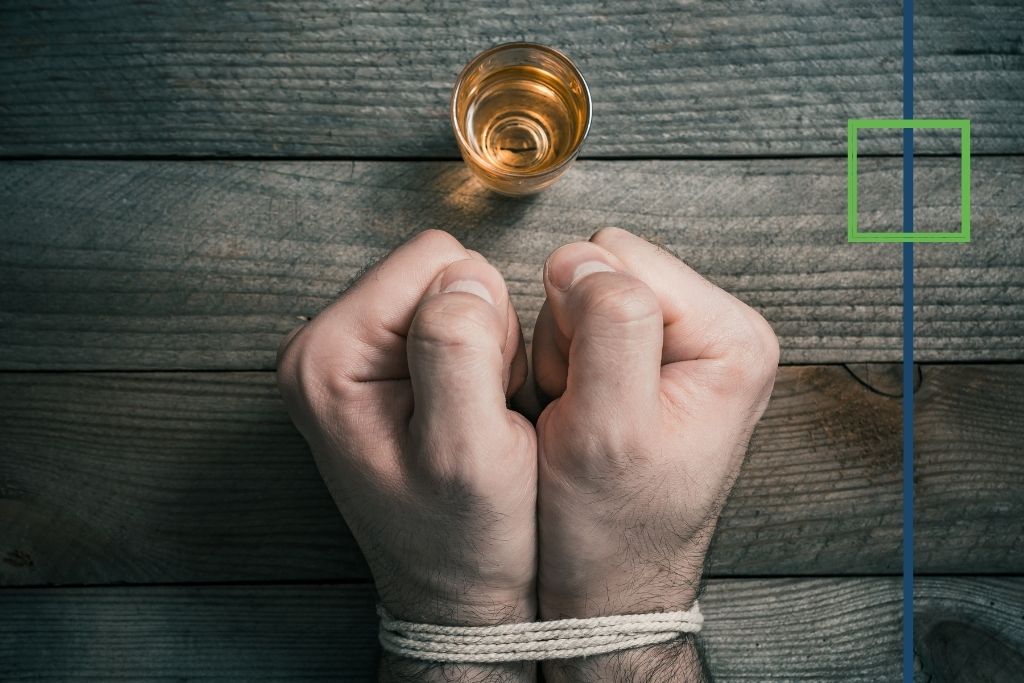Since its creation in 1935, millions of alcohol addicts have joined Alcoholics Anonymous to curb their destructive drinking habit. The 12 Steps of Recovery, often referred to by its short-form ‘12 steps’. It is one of the cornerstones of this community-based organization. Members are encouraged to revisit these steps as often as necessary to ensure their recovery. If you are trying to get sober, learn what are the 12 steps of AA along with what they mean and how to apply them.
What Are The 12 Steps From?
The steps used in today’s Alcohol Anonymous support groups are the same ones used by the organization’s founders in the 1930s. First outlined in The Big Book this text is still central to AA teachings and is considered one of the most influential books of all time. Designed to guide participants through various stages of self-awareness, the program has been instrumental in helping alcoholics get sober for nearly 100 years.
The 12 Steps of AA Explained
While it’s important to know the AA 12 steps, that’s only half the battle. Understanding the intent and how to apply these guidelines to your own life are a crucial part of getting sober with AA. Incorporating these steps may initially seem challenging to the non-religious member as several of the steps reference the concept of God. This is due to the organization’s Christian roots. Nowadays, many AA groups use secular interpretations of the 12 steps that are easily applicable to agnostic, atheist, and otherwise non-religious AA members.
Step 1: “We admitted we were powerless over alcohol—that our lives had become unmanageable.”
Admitting you have a problem is the first step towards making a recovery. While it might be painful or embarrassing at first, acknowledging alcohol addiction is the most important part of achieving sobriety.
Step 2: Came to believe that a Power greater than ourselves could restore us to sanity.
Find a source of inspiration and strength beyond yourself. External motivators can help keep long-term goals in perspective during moments of weakness. If you are not religious, this “greater Power” could be a loved one like a spouse or your children, a person you admire such as a celebrity or friend, or even a hobby such as running or playing music.
Step 3: Made a decision to turn our will and our lives over to the care of God as we understood Him.
Acknowledge and embrace that you cannot control everything. By letting go of this expectation, you alleviate a considerable source of disappointment and frustration, which is likely a strong trigger for the desire to drink in the first place. This can also be interpreted as being open to advice and guidance from others such as therapists or doctors.
Step 4: Made a searching and fearless moral inventory of ourselves.
This encourages participants to take mental stock of their character and personality. Using workbooks and lists to physically write down adjectives and other identifiers is recommended. This self-assessment is important in developing honesty with oneself and identifying one’s shortcomings.
Step 5: Admitted to God, to ourselves, and to another human being the exact nature of our wrongs.
Sometimes referred to as “Confession”, this continuation of self-evaluation can be challenging. Admitting wrongs may require owning up to an unpleasant or shameful past; as well as acknowledging the bad things we have thought or done to others and ourselves. This vulnerability is a powerful part of the 12 step process that requires courage and complete honesty. Sharing your darkest moments with another person might seem unthinkable and uncomfortable, However, many participants are surprised at how therapeutic this practice is.
Step 6: Were entirely ready to have God remove all these defects of character.
Having the right attitude can make or break any substance abuse recovery effort and Step 6 is all about wanting to change. This is about developing the proper mindset rather than an actionable task. Therefore, it can be difficult to feel that this has been accomplished. It is recommended to talk to other people, such as a counselor, therapist, or sponsor who may be able to provide additional perspective.
Step 7: Humbly asked Him to remove our shortcomings.
This is about humility and taking action to create change. Whether accomplished through praying to a higher power or simply asking a friend to hold you accountable, this is an actionable step towards shedding your old ways.
Step 8: Made a list of all persons we had harmed, and became willing to make amends to them all.
Acknowledging the selfish, harmful, and potentially hurtful actions of our past can be acutely stressful. This reconciliation is often accompanied by immense feelings of guilt. This step, however, is about taking responsibility and learning to forgive ourselves. Facing the full brunt of the consequences of past behavior is an important reminder that alcoholism doesn’t just negatively affect the drinker.
Step 9: Made direct amends to such people wherever possible, except when to do so would injure them or others.
It’s one thing to come to terms with an unpleasant past, but to face the actual people we may have wronged is an entirely separate beast. By nature of interacting with anyone other than ourselves, things quickly become unpredictable. This is often a source of stress that can tempt participants back to old habits. If this is the case for you, consider additional alcohol addiction treatment options to prevent backtracking of progress. Remember, this is about taking ownership for past actions, not lip service to alleviate guilt.
Step 10: Continued to take personal inventory and when we were wrong promptly admitted it.
After achieving considerable personal awareness, your mindset has likely changed quite a bit throughout this process. This step is about constant and real-time reflection of your actions in your day-to-day life, and taking responsibility for them. Find yourself getting road rage in traffic? remind yourself that getting angry won’t make the lights change or the lights move any faster. This is the sort of self-check that step 10 encourages.
Step 11: Sought through prayer and meditation to improve our conscious contact with God, as we understood Him, praying only for knowledge of His will for us and the power to carry that out.
Whether you are religious or not, this step is all about strengthening your mental discipline. Whether through prayer or secular meditation, it’s about checking in with yourself; being gracious and forgiving with yourself for fallbacks, and being grateful for the progress you’ve made.
Step 12: Having had a spiritual awakening as the result of these Steps, we tried to carry this message to alcoholics, and to practice these principles in all our affairs.
The final step of the Alcoholics Anonymous 12 Step program is by no means the end of an alcoholics recovery journey. This involves bringing the mindfulness acquired in each step into the every day. It also means sharing your story to help other alcoholics to introduce them to AA.
You Finished the 12 Steps of Alcoholics Anonymous…Now What?
Completion of the Alcoholics Anonymous steps won’t miraculously end your desire to drink. In fact, many successful recovered alcoholics still find themselves with cravings even decades later. AA members are encouraged to repeat this process as often as necessary for long-standing recovery.
The urge to drink can still persist even after multiple completions of the 12 steps. In cases like this, it’s highly recommended to seek additional alcohol addiction treatment. Rehab facilities like Level Up Lake Worth offer in-house 12-step group meetings. This makes it easy to get additional treatment in a single location. From individual counseling to alcohol detoxing, our dedicated team will be there every step as you overcome alcoholism. Contact us to learn more about how you can enroll in the Level Up Lake Worth 12 step program today.





